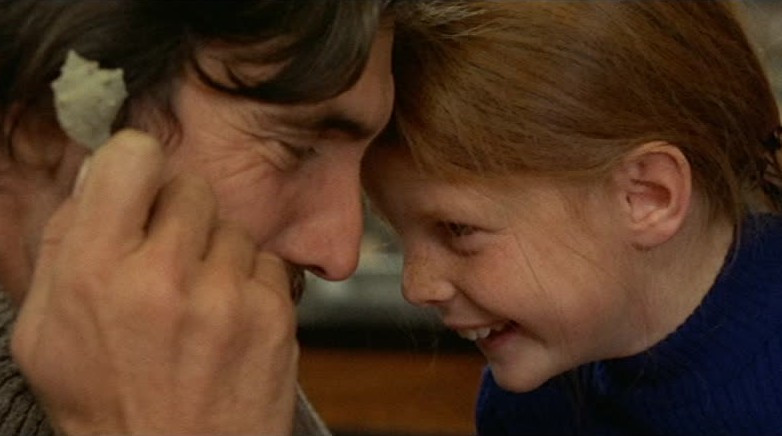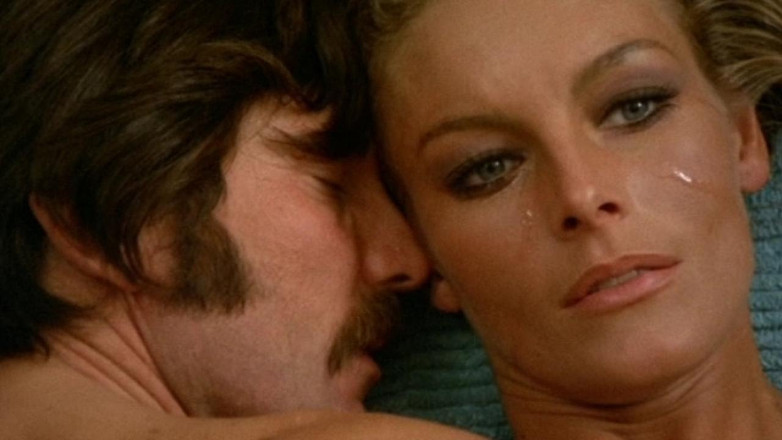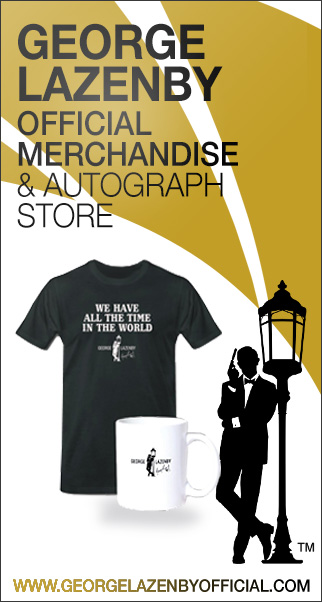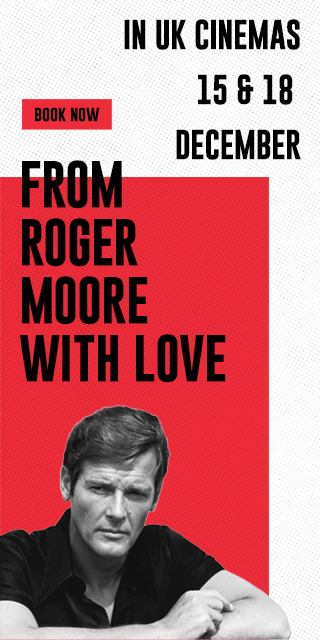Hemsidan senast uppdaterad: 2025-06-10
Hem
Event
FSWL Merchandise
Intervjuer
James Bond 007 artiklar
James Bond 007 filmerna
James Bond 007 litteratur
James Bond 007 nyheter
James Bond 007 produkter
James Bond 007 samling
James Bond 007 shop
James Bond 007 spel
James Bond fanklubbar
James Bond personligheter
Svenskar i Bond-filmerna
Tävlingar
Till minne av
Recension av Who Saw Her Die? (1972) med George Lazenby
Av: Eoghan Lyng
Publicerad:
2020-03-01
2020-03-01

Lazenby's decision to star in a European based movie was certainly a brave decision; a wise one too! His Franco Serpieri, a disturbed parent sinking in a conduit of dead children, feels psychologically more complete than Ian Fleming´s sleuth at his most depraved. Dressed under a wooly moustache, the disconcerted lead is a different beast to the Eton educated spy, forked spuriously beneath the nubile Venice carriageways.
The anarchic-holistic framework that crept into Italian movies were strangely absent from the contemporary American movies of its idiosyncratic ilk. That the film could conceivably stand beside Nicholas Roeg's dream-like Don't Look Now in a double-bill, demonstrates how well the Italian backdrop lends itself to the supernatural. The Bond series reveled in their populist stylings, while Who Saw Her Die? cloaks itself for an audience that found the swaggering spy series too faux naĂŻf for their refined tongue. And yet writer/director Aldo Lado produces another tasty connector, casting Thunderball's Adolfo Celi as the spurious Serafian.

George Lazenby, Adolfo Celi and Dominique Boschero in Who Saw Her Die. © 1972 Overseas Film Company. All rights reserved.
HD trailer for Who Saw Her Die? from Arrow Films
The film revels in darkness. One young girl is murdered by a veiled assassin, another girl is thrown into a river to float for her life. Birds are photographed, filmed and captured with penitent menace, flying aimlessly through the Venetian streets. Swedish born Anita Strindberg stars as Elizabeth Serpieri, the fitful wife to an irresponsible father. Stately thin, Elizabeth voices the viewers alarmed reactions to the spectral events that unwrap. It´s to the film´s credit that the myriad killings are eerie, instead of sensationalistic. Where other giallo pictures pushed the violent envelopes to lurid parameters, Who Saw Her Die? trusts the atmosphere, the aggravation and the general unease grapple with the audiences.

George Lazenby and Anita Ekberg in Who Saw Her Die. © 1972 Overseas Film Company. All rights reserved.
Then there´s Lazenby´s portrayal, a despondent sculptor whose greatest creation, his daughter, has been claimed by a tempestuous killer. Thrown into the fullness of his own personal demons, Serpieri must counter his personal nightmares amongst the backwash of grisly killings.
The film is uncompromisingly brutal in its resolve and George Lazenby is brilliant as the dejected, possibly sociopathic, lead. Yet, as it was with most of his post Bond work, it would prove little known outside of his die-hard fanbase.
Masterfully shot, the film boasts a carriageway of water rimmed shots that glide over the Venetian boats. Lush lit montages of clay works, caged birds and coital embraces give the film a polish it likely couldn´t afford in reality. Ennio Morricone's lilting score completes a piece that remains of the most penetrative and startling European thrillers of the early seventies.
For the latest news on George Lazenby, visit his official website.
Taggar:
#bondrelaterat
#eoghan_lyng
#george_lazenby
#recensioner
Tweet









